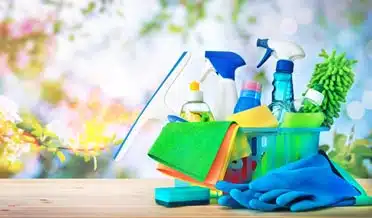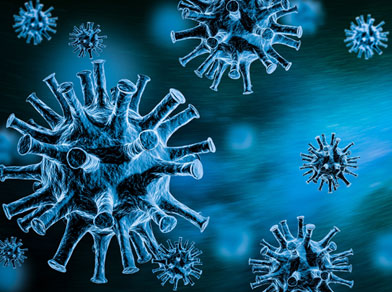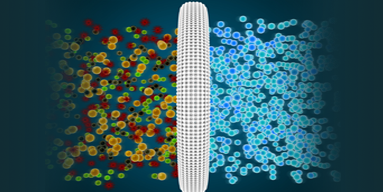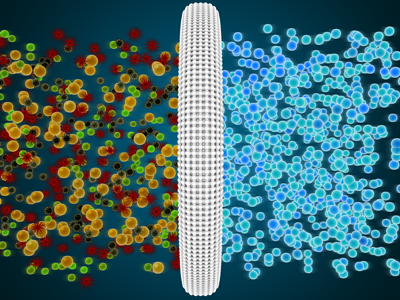Causes for Poor Indoor Air Quality Katy Tx
A comfortable house is a great source of happiness. It ranks immediately after health and a good conscience. ~Sydney Smith
Coming home! Ah! Home can be such a retreat, a respite from a tough day at work or school. Gathering together with the people and pets that you cherish the most is special. Such a special place needs to be as safe and healthy as we can make it.
Studies reveal that several changes in building techniques and building materials make indoor air several times more polluted than outdoor. Couple that with how much we appreciate our homes—we spend the vast majority of our time indoors—homeowners should pay special attention to indoor air quality (IAQ).
Poor IAQ can irritate the sinus and eyes with symptoms similar to pollen allergies/hay fever. It can also lead to breathing difficulties, dizziness, and fatigue. Here are a few common sources of indoor pollutants and some steps you can take to improve indoor air quality.
- Be Careful with Allergens.
Allergens are a general class of pollutants that cause an inflammation reaction to the skin, sinuses, eyes, and throat. Often allergens are organic and sourced from living organisms. Some of the most common allergens include:
- Dust and dander, small particles that flake off of living surfaces, including human and pet bodies
- Pollen from grass, trees, and flowers. Pollen enters your home through small gaps, every time your door opens and can be carried in on clothes and shoes.
- Mold spores are actively blowing about and enter your home in the same manner as pollen. Mold can also find moist, dark spaces in your home.
- Be Aware of Household Chemicals.
Chemicals find their way into our homes and contribute to indoor air quality. Drawing attention to some of these sources will help you make wise decisions.
- Manufacturing items, including furniture, flooring, paints, and adhesives will give off volatile organic compounds (VOC) for several years after they are installed. There is nothing to prevent this, but remember they are contributing to your IAQ.
- Often your garage also serves as a storage space for lawn care products, including mower/trimmer fuel, pesticides/herbicides, and fertilizers. Every time you open the garage door, small amounts of these chemicals enter your home. NEVER “warm” your vehicle inside your garage, since a large portion of the exhaust will find its way indoors.
- Household cleaning chemicals also contribute to IAQ.
- Tobacco Smoke.
Smokers are aware of the health hazards tobacco smoke poses to themselves and to others as secondhand smoke. To reduce the impact of tobacco smoke on Indoor Air Quality, find a favorite spot outdoors to smoke and avoid smoking indoors.
After addressing the most common pollutants, let’s look at some top measures you can take to improve IAQ.
- Improve Ventilation.
Houses are built for energy efficiency, allowing very little air to enter through gaps and cracks. This allows the pollutants mentioned above to concentrate indoors. Planning improved ventilation can help you improve Indoor Air Quality Katy Tx.
- Often extreme weather keeps our windows and doors closed for energy efficiency. But during every season, we experience a few days of relief, with very pleasant temperatures. On those days, pull the screen doors closed and open doors and windows to let in the fresh air. While fresh air is coming indoors, pollutants are migrating outdoors.
- Be mindful of pollen and mold counts if family members have allergies.
- Change the Air Filter Regularly.
Your HVAC system has an air filter that removes most pollutants each time the blower circulates the air during a heating or cooling cycle. Every airborne particle trapped by the filter improves Indoor Air Quality Katy Tx. However, eventually, the dust and pollen clog the filter and reduce its effectiveness. Changing the air filter at least every 3 months will ensure most particles are removed and no longer circulate.
-
Further Steps to Improve Indoor Air Quality Katy Tx
Sometimes families find a need for improved indoor air quality; severe allergies, asthmas, and illness that makes breathing difficult require quality indoor air. These improvements might require professional help.
- Dust and pollutants collect in the ductwork and may need to be removed by duct cleaning professionals.
- If you suspect that a mold infestation has developed, removal will also require a mold mitigation specialist.
- If pollen, dander, and mold cause severe allergic reactions or trigger asthma, talk to All Cool about an inline ultra-violet (UV) air cleaner. A UV air cleaner functions in this manner:
- We are often warned that UV light damages human skin with prolonged exposure. UV light damages the cell walls of living organisms.
- A UV inline air cleaner is installed inside the ductwork of your HVAC system. Enclosed in this space it cannot harm family members or pets.
- The UV light will damage the cell walls of organic pollutants such as pollen, bacteria, and mold spores.
- The dead cells are neutralized and more easily collected by the air filter.
Need Help with Your Indoor Air Quality Katy Tx?
Let us help you with improving your indoor air quality Katy Tx by calling AllCool AC & Heating at 281-238-9292 or contact us via email.






 Texas residents have to deal with some extremely hot temperatures, and it is fortunate that most home owners enjoy the comfort of central air conditioning. However, if your cooling system is not maintained properly, poor air quality may become a problem. That can lead to headaches, itchy eyes, runny noses and even more serious problems for those who suffer from asthma, allergies and other respiratory-related difficulties. Fortunately, there are a few things that you can do to improve this situation on your own, and our
Texas residents have to deal with some extremely hot temperatures, and it is fortunate that most home owners enjoy the comfort of central air conditioning. However, if your cooling system is not maintained properly, poor air quality may become a problem. That can lead to headaches, itchy eyes, runny noses and even more serious problems for those who suffer from asthma, allergies and other respiratory-related difficulties. Fortunately, there are a few things that you can do to improve this situation on your own, and our